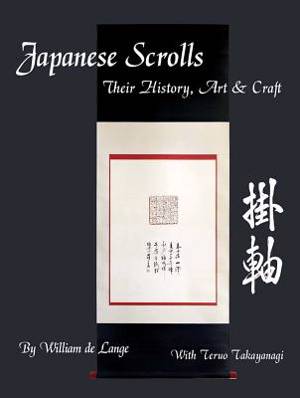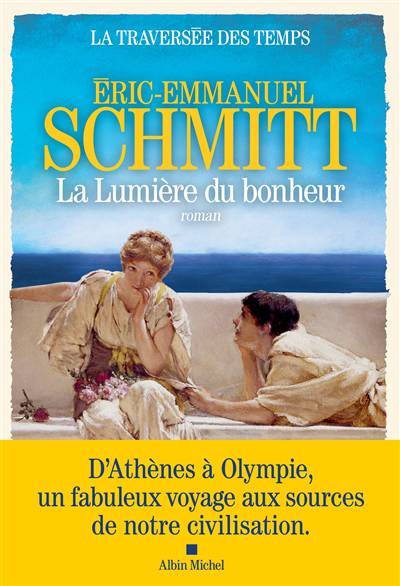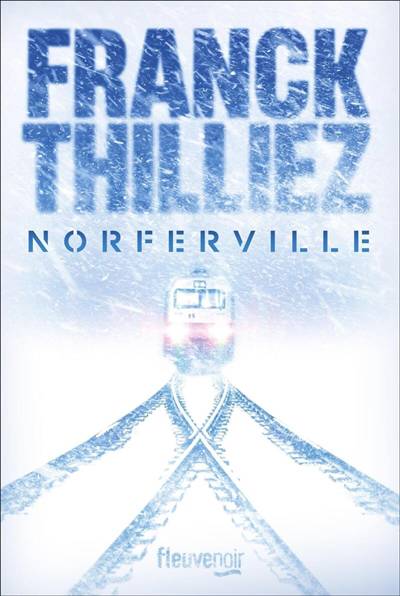
- Retrait gratuit dans votre magasin Club
- 7.000.000 titres dans notre catalogue
- Payer en toute sécurité
- Toujours un magasin près de chez vous
- Retrait gratuit dans votre magasin Club
- 7.000.000 titres dans notre catalogue
- Payer en toute sécurité
- Toujours un magasin près de chez vous
Japanese Scrolls
Their History, Art, and Craft
William Delange, Teruo Takayanagi
Livre relié | Anglais
91,95 €
+ 183 points
Description
- A look at the unique and beautiful craftsmanship of Japanese hanging scrolls from their Buddhist origin to its role in modern Japanese art This is the first work to explore fully the history, art, and craft of the Japanese hanging scroll, or kakejiku, from its ancient Indian, Tibetan, and Chinese origins, through its introduction to Japan as early as the sixth century AD, to its role in the modern Japanese art world. It is proof of the scroll's timeless qualities that it remains a fixture in traditional Japanese rooms, and continues to inform the design of modern interiors. Part 1 traces the scroll's fascinating journey from an obscure religious artifact to a popular work of art, covering: the origins of the handscroll as a vehicle for Buddhist texts during the Nara period (710 784); the popularity of the vibrant picture scrolls of the opulent Heian period (794 1185); the rise of Zen-inspired hanging scrolls during the Kamakura period (1185 1333); their rich diversification during the Muromachi and Momoyama periods (1336 1600); and their incorporation into the "alcove," or tokonoma of Edo period (1600 1867) households. Part 2 is dedicated to the scroll's artistic features: the structure of both hanging and handheld scrolls; their complex array of classes and subclasses, formats, and dimensions; their exquisite and often costly materials; traditional handling and display; and methods of storage and preservation. Part 3 describes the age-old process by which scrolls are still made by Japanese craftsmen, including: material selection (tori-awase); backing textile and paper sections urauchi); careful assembly into the complete scroll (tsuke-mawashi); use of the drying board (kari-bari); and the finishing stage of mounting (shiage). This comprehensive work will be of interest to all connoisseurs and collectors of East Asian scroll art as well as craftspeople engaged in the mounting and presentation of text and images. William de Lange studied Japanese language and culture at the universities of Leiden and Waseda, and has translated and written extensively on Japanese cultural topics. De Lange spent half a year as an apprentice to scroll maker Teruo Takayanagi, and returned to Japan over the years to continue his scroll research. Teruo Takayanagi, a master scroll maker from Mobara, Chiba prefecture, learned his craft through an apprenticeship under his father, Tetsunosuke Takayanagi. The younger Takayanagi went on to receive numerous honors, including the 1986 Chiba Prefectural Governor's Award and served as chairman of the Chiba Picture Scroll Makers Association from 2000 until his death in 2012.
Spécifications
Parties prenantes
- Auteur(s) :
- Editeur:
Contenu
- Nombre de pages :
- 256
- Langue:
- Anglais
Caractéristiques
- EAN:
- 9781891640889
- Date de parution :
- 19-12-16
- Format:
- Livre relié
- Format numérique:
- Genaaid
- Dimensions :
- 218 mm x 279 mm
- Poids :
- 1279 g







